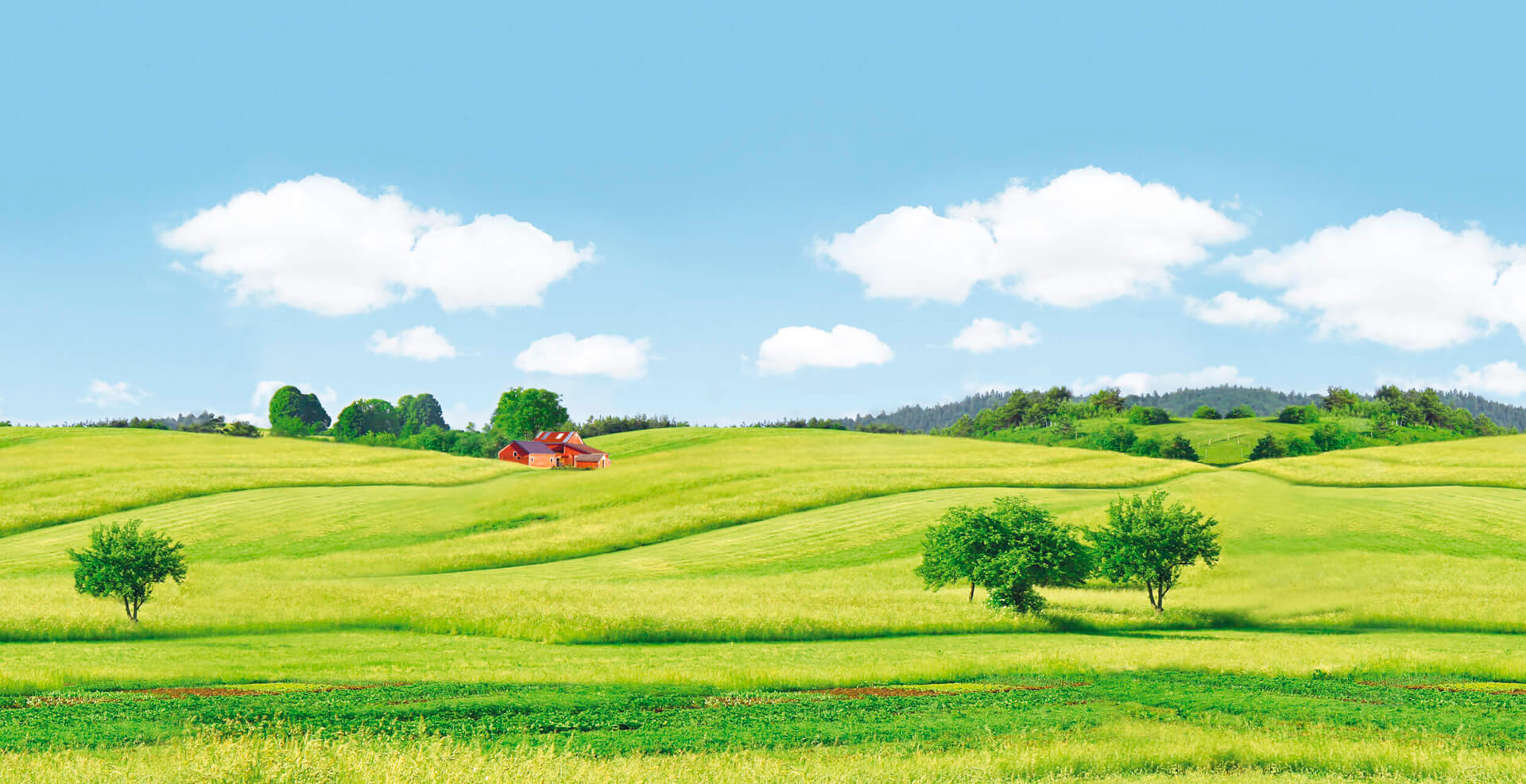
The pug has long since made it into the hearts of countless dog owners. The popular social dog probably originates from China, where its ancestors were bred about 2,000 years ago, before they finally found their way to Europe in the 16th century.
The pug is listed in group 9 by the FCI. Thanks to its balanced and child-friendly character, the pug is now widely used as a family dog.

The pug is a small breed of dog. The height at withers of bitches is about 25 centimetres, while males with 30 centimetres are slightly larger. In terms of weight, the FCI has set a breed standard of 6.3 to 8.1 kilograms for mops.
The body of the pug is stocky. Its head is round and large and is characterized by the facial wrinkles typical for this breed.
In addition, a short muzzle with a broad lower jaw and a slight forebite as well as large dark eyes are among the characteristic features of the pug.
The coat of the pug is short, smooth and very soft.
Life expectancy for this breed is usually between 12 and 15 years.
The pug is considered lively, cheerful and balanced. Aggressive behavior does not correspond at all to its nature. Nevertheless, he is extremely courageous and faces supposed dangers fearlessly.
The pug is absolutely uncomplicated in handling and proves to be an intelligent and charming companion dog for everyday life.
He usually gets along well with children as well as with other pets, which makes him an excellent dog for families.
The pug has a lively character. However, his physique restricts him clearly, so that his need for movement is not too high.
Instead, the pug prefers to play and go for a walk in addition to extensive strokes.
In and of themselves, boobs are robust animals. Compared to other dog breeds, however, they tend to be overweight and are also susceptible to urinary stones.
In addition, various skin diseases are typical for mops.

Due to its tendency to overweight, it is of great importance with the pug to pay attention to sufficient exercise as well as a diet tailored to needs. Feed rations should be calculated as accurately as possible and an excessive dose of dog treats should be avoided.
The nutrition of the pug also plays an important role in the prevention and alleviation of skin diseases. Because in many cases these are favoured by a lack of nutrients.
In addition to various micronutrients, an adequate supply of high-quality proteins and essential fatty acids is particularly important, which is why Bellfor Haut & Fell (Skin & Coat) and Bellfor Nierenkraft (Kidney Power) are very suitable for a pug with skin problems.
Bellfor's special breed feed promotes the well-being and health of your Pug from an early age.

